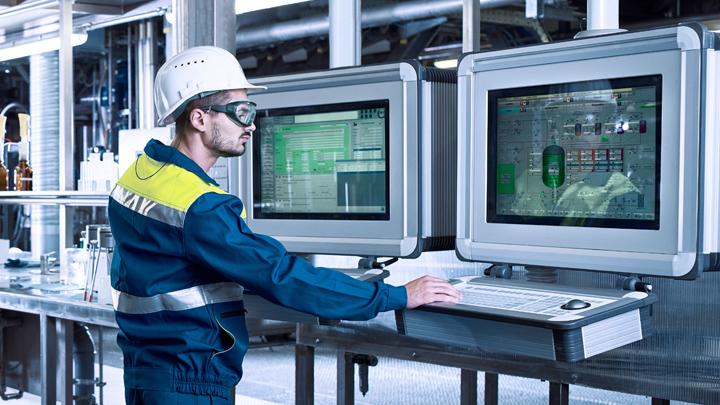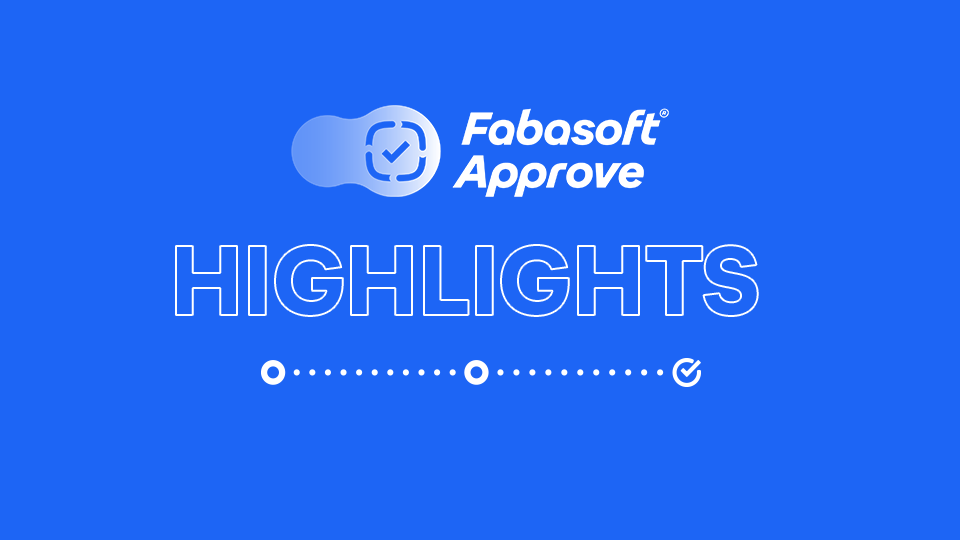Why Cloud providers have a head start in implementing automation technology from the Cloud.
The massive rise of networked IoT devices in manufacturing environments, for example measuring instruments, sensors, actuators or entire machines, has disrupted the formerly separated areas of industrial control systems (Operational Technology) and corporate IT regarding the provision of business applications.
Operational Technology (OT) with its MES and SCADA implementations is usually proprietary and has so far not been connected to the outside world. The successful transformation to Industry 4.0 will therefore largely depend on the convergence with office IT architectures, which themselves are often based on open standards.
The challenges of this convergence are in particular caused by the different core requirements of IT and OT. While information technology mainly deals with connectivity, OT largely has its focus on real-time requirements and higher levels of protection for humans and machines.
Yet industrial plant operators have no alternative but to implement networks and by implication to open their industrial processes and controls. Having access to real-time data on the current status of their machines and their production figures is the only way to further increase the efficiency of their facilities and remain competitive in the digital economy.
Leveraging on the strengths of the Cloud
In this environment, the Cloud is in a ready position to play an important role in the automation of industry. It is without any doubt that Cloud computing is now an irreversible model for the future of IT landscapes. With benefits such as hardware virtualisation, finely scalable resource allocation according to the respective requirements and the highest levels of security standards for data storage and data transfer in an open Internet, the Cloud is perfectly suited to leverage its strengths in the area of OT.
Based on their vast experience in designing secure workflows, integrating highly diverse applications and transforming and analysing unstructured (machine) data into valuable information, Cloud providers have always been trendsetters in the application of innovative technologies. They are also top players in the holistic mapping of corporate processes in areas such as the implementation of digital twins or security solutions such as encryption, redundancy concepts or infrastructure zoning for different security classes according to the sensitivity of the data that is processed and stored.
Against this background, which also reflects an early specialisation on interface issues (gateways), monitoring and visualisation of data flows including anomaly detection as a security add-on as well as on big data analysis and AI support, Cloud providers are in a perfect position to implement automation technology from the Cloud. Besides, their data scientists and software engineers are the experts needed in terms of human resources with regard to the upcoming Industry 4.0 transition.
What are the essentials for bridging the gap between IT and OT?
The system architecture has to be made up of three tiers:
- A device tier in the field with cyber-physical systems (sensors, actuators, antennae) as data suppliers and endpoints in the industrial management and control network.
- A gateway tier as the controlling tier which translates and aggregates the machine data protocols from the OT environment into the IP environment of IT and temporarily stores this data in the Cloud for transmission and later data analysis.
- A data centre tier where computing and storage capacities are provided for industrial process control and management and where data analysis and simulations are executed.
In order to achieve an optimum control of automated industrial plants via the Cloud, the control functionality must no longer be realised in the form of IT encapsulation within the hardware (PLC = programmable logic controller) but must instead be implemented by way of software (web technologies).
The most important prerequisite of OT-IT convergence via the Cloud – ensuring the necessary latencies for industrial control systems – can only be realised if the tier model described above is designed in a way as to implement the gateway tier as an edge Cloud close to the machines and production facilities to be controlled.
A hybrid Cloud of this kind, which consists of provider infrastructure for the administration of IoT devices, data analysis, simulations and predictive maintenance on the one hand and on-premises gateways on the other hand, allows Industry 4.0 to enter the next stage of development without delay.




